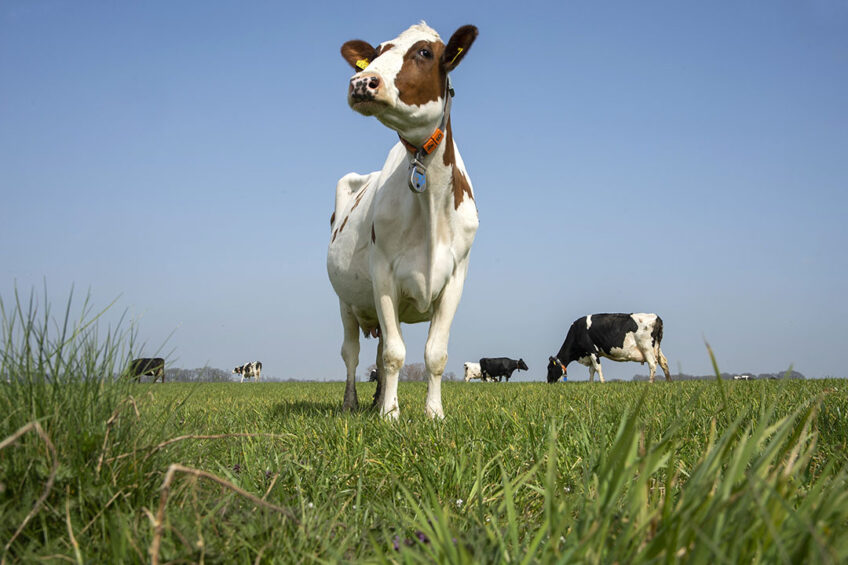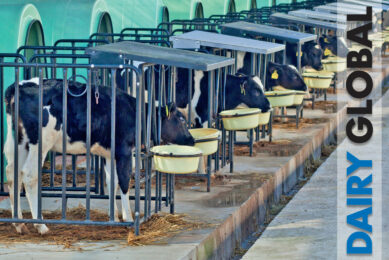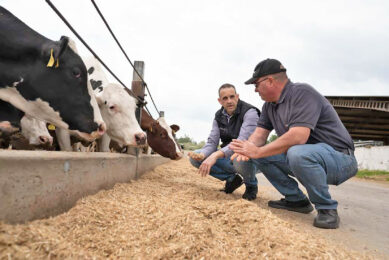Spring rotation planner to maximise grass intake

Dairy farmers are being urged to make the most of grass intake this spring by using a rotation planner, which ensures they grow enough grass early in the season to allow time for the second rotation.
Ensuring an adequate supply of good quality leafy grass is available throughout the grazing system is key to obtaining high levels of animal performance, according to the Agriculture and Horticulture Development Board (AHDB).
As production costs continue to rise, well-managed grazed grass will reduce dependence on purchased feed and, in return, will improve farm profit.
The spring rotation planner is essentially based on target areas and dates. Setting these targets is designed to give farmers a framework and help identify the things that need to change. Once they know the date stock is being let out and the targets, it is easier to understand how much land needs to be grazed per day, week and month.
Key dates and targets
The AHDB says farmers on dry land should:
- Have 30% of the farm grazed by the end of February.
- Have 60% grazed by 2 March.
- Have 100% grazed by ‘Magic Day’, usually mid to early April.
Those on heavier, clay-type soils will be between 7-14 days behind these targets.
The spring rotational planner aims to create a wedge of grass in front of the cows at different heights, making it easier to control the grazing areas and silage fields can be taken out of the grazing platform as grass growth increases.
The first rotation is typically 40-50 days, taking the farmer from mid-Feb to mid-April. The target is to graze around 30-40% of the grazing paddocks first to allow regrowth to accumulate for the start of the second rotation. This could include silage ground. This can vary from farm to farm, but the overriding aspect of grazing management is to make good use of spring grass. If needed, silage ground should be grazed early in the first rotation, which will increase the available grazing area.
Early spring grazing stimulates the grass to start growing earlier. It is expected that a further 1-1.5 t of dry atter is produced when compared with the later turnout. During the first rotation, grazing heights of between 3.5-4 cm (1,500kg DM) should be targeted. Cattle that are turned out early to grass have 6% (23kg) higher carcase weight than animals that are turned out later in the spring. Groups of animals should be prioritised for early turnout.
Top tips
- Graze down to 4cm. Farmers need to get good cleanouts (residuals) on the first rotation to ensure high-quality swards for the rest of the year.
- Turn cattle out into medium covers on the driest land first to get them used to grazing the grass down to 4cm. Then move into heavier covers.
- Try to graze reseeds and fields with good soil fertility first to allow for faster growth.
- Graze silage ground from early March and be out of it by the end of the month. This is to allow silage enough time to grow and bulk before cutting from 15-26 May before the grass starts to head. Earlier cuts make better silage.
- Once out of silage ground, move back into grazing paddocks.
- Keep an eye on regrowth on the first paddocks grazed. If they are ahead of target, farmers may be able to end their first rotation earlier.
- If you have stock out, you should have at least some fertiliser/slurry out. Break the farm into thirds – heavy, medium and light covers.










